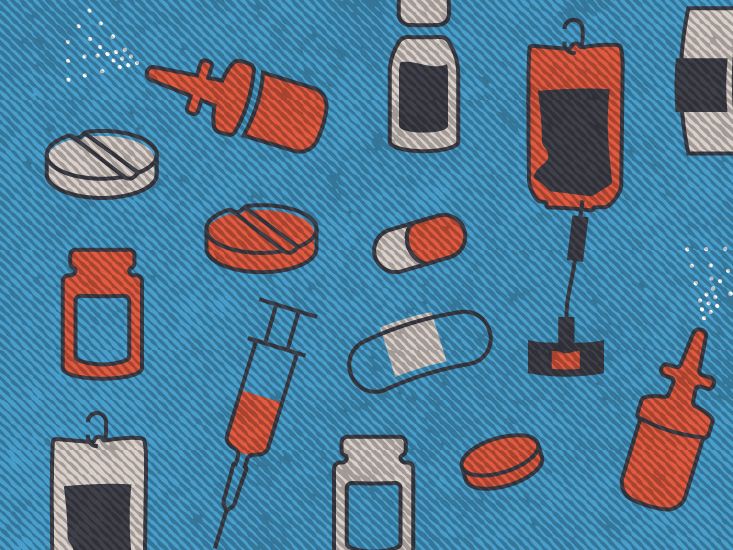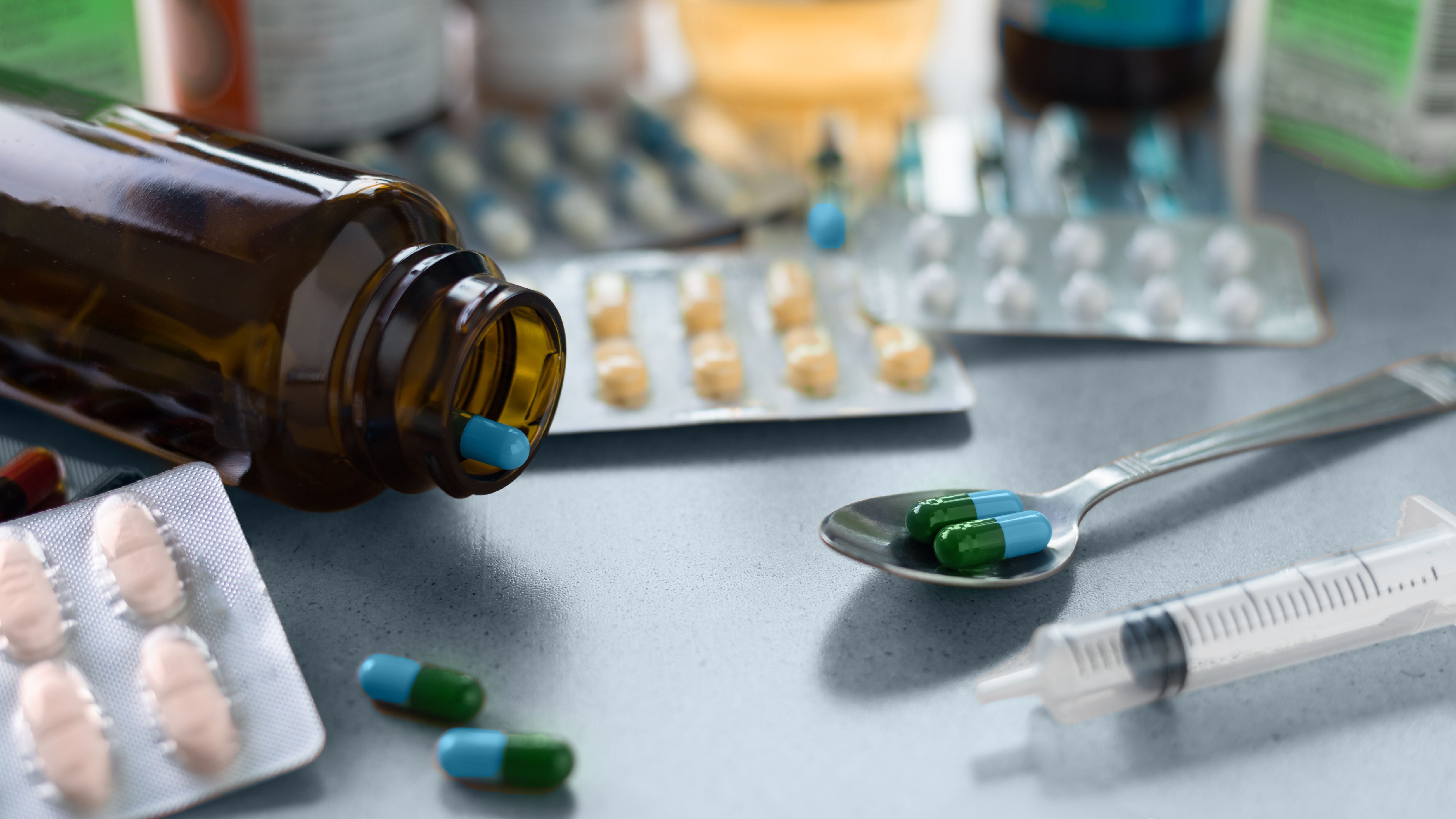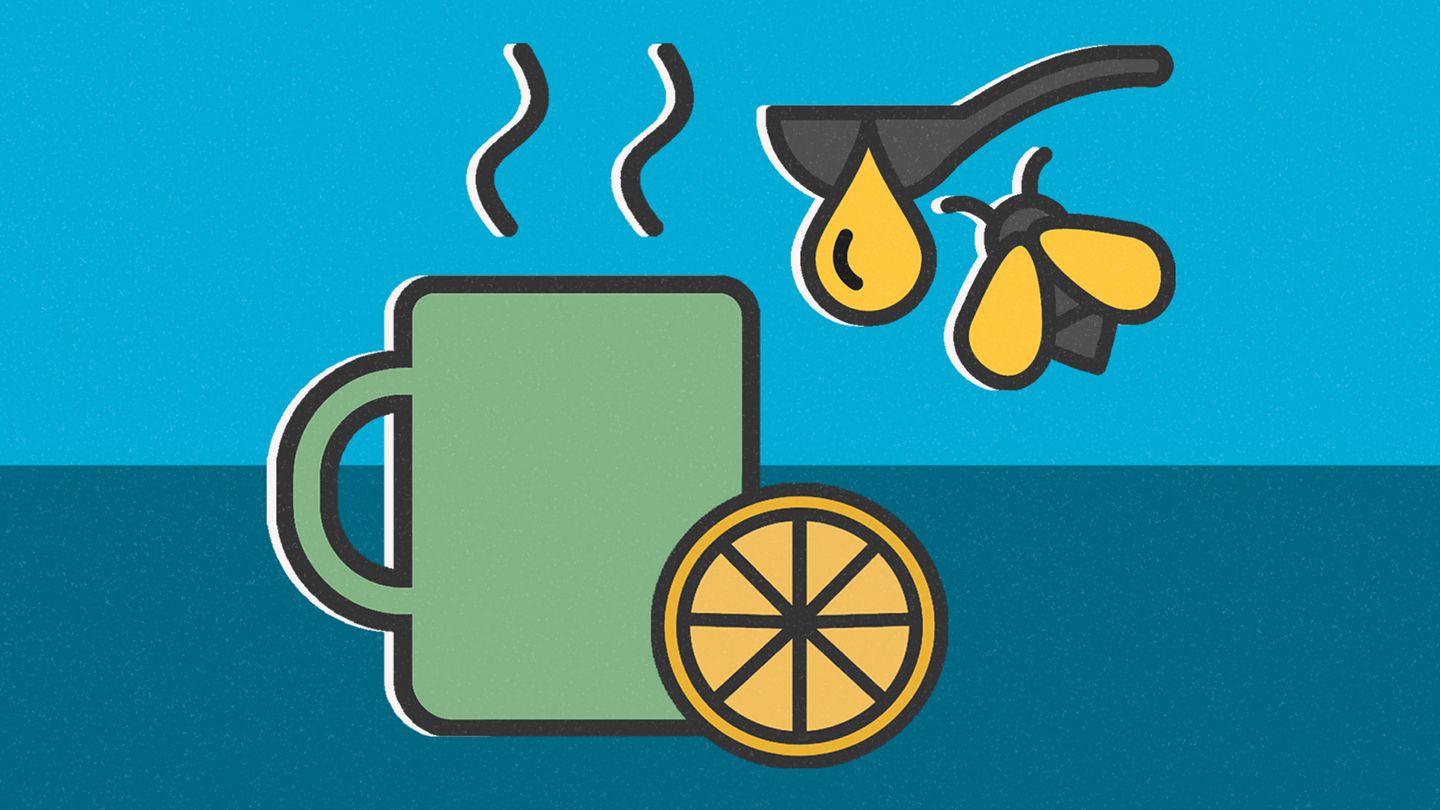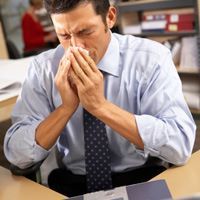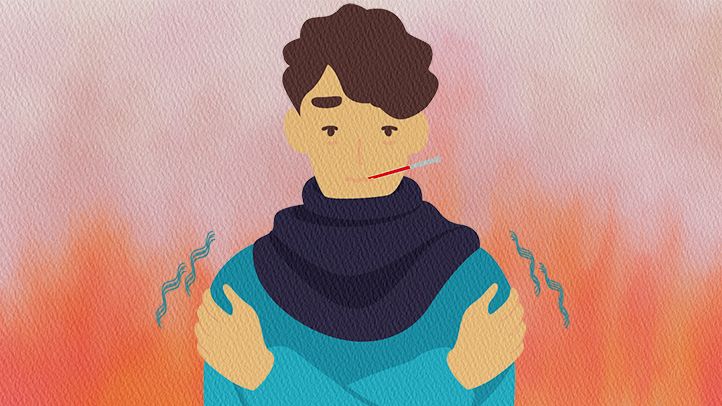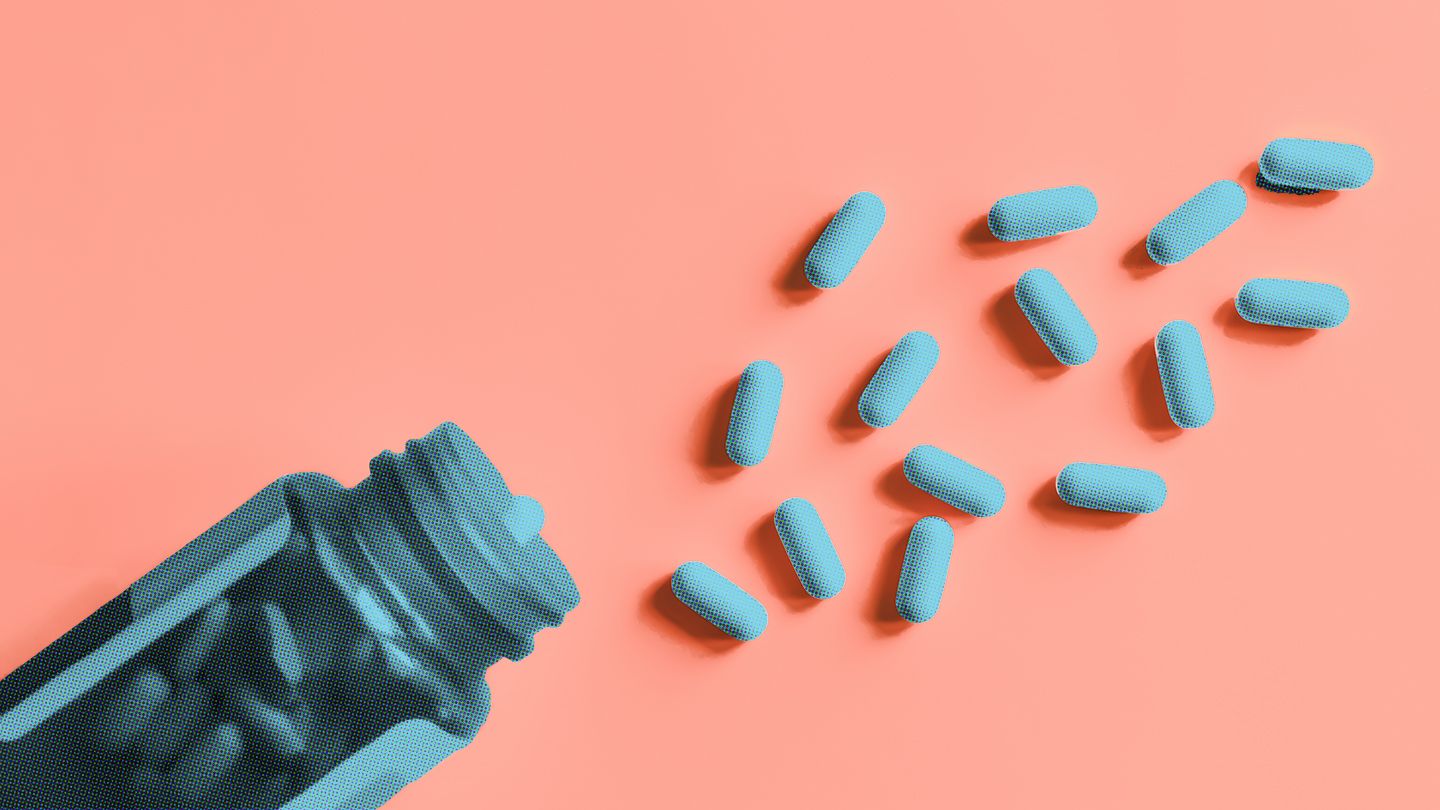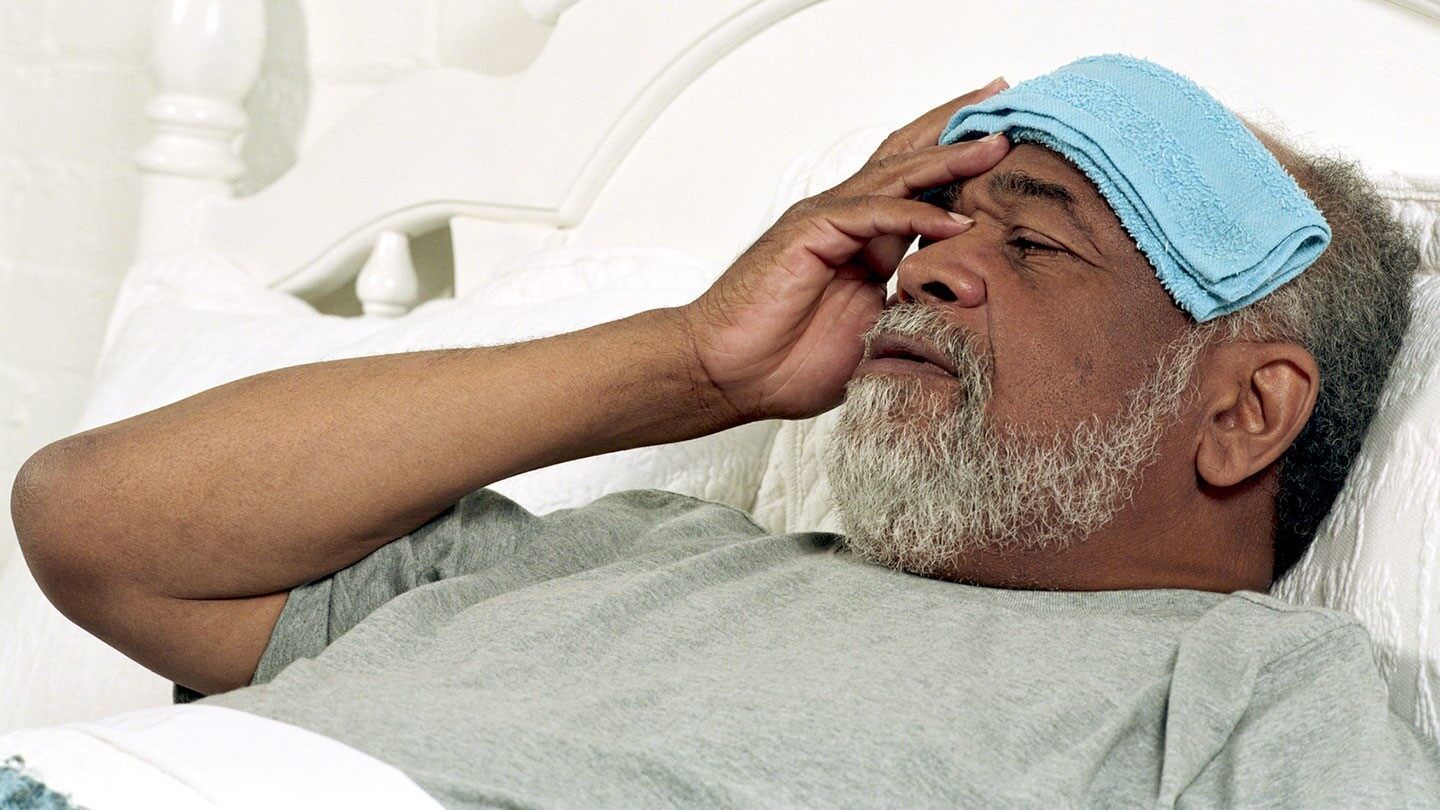Navigating the Phases of the Common Cold: A Day-by-Day Guide
That first tickle and sniffle signals a cold is brewing. Before you know it, you're battling coughing, sore throats, and stuffy heads. We all suffer through colds at some point - they're one of the most widespread illnesses worldwide.
But not all colds progress the same. And it's hard to know exactly what to expect day to day once one strikes. Use this handy guide to understand the typical cold timeline plus tips to ease symptoms and shortening duration.
How Colds Develop
Over 200 viruses can cause the common cold. The main culprits are rhinoviruses which thrive in cooler nasal passages. When cold viruses enter mucus membranes, they multiply rapidly. Your body then reacts by unleashing immune defenders which also produce pesky symptoms.
Colds easily spread via airborne droplets from coughs and sneezes or leaving viruses on surfaces. And since viruses morph over time, your immune system never becomes resistant. That's why adults average 2 to 3 colds yearly.
The Day-By-Day Phases of a Typical Cold
From first signs to fading sniffles, here is what you can expect with a standard cold covering the full duration:
Day 1: Onset
It starts slowly with general unease, fatigue, mild headache or body aches. Early tickles, throat irritation or excess mucus being produced alerts the coming cold.
Day 2-3: Ramping Up
Congestion and symptoms often surge days 2 and 3. Drainage triggers coughs and sneezes. Your nose reddens from bursting blood vessels. Breathing through your nose toughens. And coughs become more pronounced.
Day 4-5: Peak Misery
Expect peak discomfort around days 4 and 5. Congestion is most swollen making breathing laborious. Sinus pressure pounds your face. Your head throbs from excess mucus. And hacking coughs disturb sleep.
Secondary bacterial infections can develop causing greenish mucus signaling antibiotics may be needed. Otherwise drink lots of fluids and get added rest rejecting your bodys battle.
Day 6-7: Gradual Relief
Your immune fighters slowly get the upper hand around day 6. Symptoms very slowly start improving with less congestion and drainage. Though irritating coughs linger still disrupting sleep.
Day 8-10: Wrapping Up
Those final nagging coughs, sneezes and subsided stuffiness means a cold is ending. You'll likely feel exhausted as your bodys defenses repair membranes irritated during infection. Though energy and breathing ease returns.
Lingering coughs or fatigue can annoyingly persist weeks sometimes depending on the virus. Be patient for full recovery.
Effective Home Remedies and OTC Meds for Cold Symptom Relief
Whether battling early cold signs or peak misery, arm yourself with proven home remedies and over-the-counter meds to minimize suffering:
Soothing Sore Scratchy Throats
Gargling with salt water reduces throat irritation. Sipping honey tea, throat spray/lozenges, or popsicles/ice chips numbs discomfort.
Clearing Stuffy Noses and Sinuses
Saline nose drops, inhaling steam, applying soothing creams, using a neti pot, or taking decongestants opens blockages for easier breathing.
Quieting Coughs
Cough drops with numbing menthol or medicated syrups coat and calm cough reflexes. Robitussin DM thins and loosens mucus for less irritating coughs.
Relieving Aches, Fevers and Headaches
Medications like acetaminophen, ibuprofen and naproxen ease these cold side effects so you feel more comfortable.
Combating Fatigue and Body Chills
Rest as much possible. Keep cozy in layers; adjust temperature for comfort. Hydrating prevents dehydration zapping energy. Electrolyte drinks like Gatorade replenish fluids/minerals.
Discuss options with your pharmacists to identify safest choices for your age and health status.
Lifestyle Tips to Shorten Cold Duration and Prevent Complications
While most cold cases run a predictable course, certain healthy habits reduces their staying power and risks of secondary issues like bronchitis or pneumonia:
Get Plenty of Rest
Your body needs extra sleep to harness energy fighting infection. Nap and sleep at least 8-10 hours if possible. Scale back on responsibilities until recovered if you can.
Stay Well Hydrated
Drinking water, broths and other fluids keeps mucus thinner for easier expelling. Avoid alcohol, caffeine or sugary drinks which worsen dehydration and swelling.
Consider Chicken Soup
Science backs up this cold remedy for reducing inflammation, keeping hydrated and easing congestion. The vegetables, protein and salt may support healing.
Try Over-the-Counter Cold Medications
Drugs like decongestants, antihistamines, cough suppressants and pain relievers tackle top symptoms for some relief. Use as directed.
Use Humidifiers and Saline Rinses
Moistening dry irritated membranes thins mucus helping clear noses, lungs and sinuses. Makes breathing, sleeping easier.
Avoid Smoke and Pollution Irritants
Inhaling anything aggravating respiratory tracts worsens cold misery extending duration. Steer clear of these lung inflamers.
Gargle Often with Salt Water
Gargling frequently rinses viruses draining from your nasal cavity reducing their spread and softening throat pain.
When to See Your Doctor About Lingering Cold Issues
While most colds run a predictable course, call your doctor if any of the following arise which may signal complications:
- Fever over 100.4F lasting over 3 days
- Symptoms lasting 10 days with no improvement
- Worsening symptoms like added chest congestion
- Shortness of breath or difficulty breathing
- Cough producing blood-tinged mucus
- Severe pain around cheeks, eyes or forehead signaling sinus infection
- Green-yellow nasal discharge indicating possible bacterial sinusitis
- Severe bouts of vomiting or diarrhea leaving you dehydrated
- Ear pain which could mean a secondary ear infection
When uncertain, check with your doctor who may order tests to identify the organism causing illness and prescribe antibiotics if bacterial agents develop.
Preventing Colds In Your Family and Home
Once one person is sick, viruses spread like wildfire to others in close living quarters. Reduce transmission with these tactics:
Practice Good Hand Hygiene
Wash thoroughly and often, especially upon returning home and before meals. Hand sanitizers are wise on the go for all family members.
Disinfect Common Surfaces
Germs linger on countertops, remotes, doorknobs and phones. Wipe down with antimicrobial cleaners frequently.
Avoid Sharing Personal Items
Designate one family members drinking glasses, utensils, towels or pillows to prevent swaping oral or nasal bacteria.
Teach Kids to Cough/Sneeze into Elbows
Show children how coughing or sneezing into their elbows blocks particle spread rather than hands. Tissues help but discard promptly after.
Replace Toothbrushes After Sickness
Bacteria and viruses stick on bristles so designated new toothbrush post illness. Mark with colored tape to track owner.
Open Windows Frequently
Airing out living spaces exchanges stale contaminated air helping eradicate infectious droplets lingering.
Avoid Close Contact with Sick Family
Isolate those obviously ill best as living situations allow. Bring food/fluids using gloves, masks or trays to minimize interaction.
When entire households fall victim, focus on symptom relief and rest until the storm passes!
Using Telehealth Services for Cold Care
With whole clinics often shut down with widespread cold and flu outbreaks, telehealth apps bring safe convenient expert advice. Features that help are:
- Symptom checkers - Input your details for likely diagnosis and care tips specific to your case.
- Medication guides - Safely identify best OTC relief options for your needs/ages.
- Video doctor visits - See physicians remotely to examine your throat, ears etc. and send any necessary prescriptions to your local pharmacy if bacterial issues develop.
- Home test kit delivery - Have at-home swab sample kits rushed to you which labs can analyze to pinpoint viral or bacterial organisms causing sickness.
Rather than exposing others trekking into clinics, tap into telehealth technology to evaluate your cold and get personalized treatment recommendations!
Understanding Colds Shortens Their Duration
While no cure exists for the common cold, arming yourself with an understanding of the typical timeline, smart treatment options, and prevention advice minimizes their annoyance. Be proactive yet patient giving colds time to run their course. With supportive care, you'll recover in no time!
FAQs
What are the first symptoms when you are coming down with a cold?
Early signs include feeling run down, mild headache, body aches, fatigue, throat irritation, excess mucus production, and tickles or sneezes.
How long does the average cold last?
The typical cold runs around 7-10 days from initial symptoms to finally disappearing. The worst discomfort usually hits around days 4-5 when congestion peaks.
What home remedies help soothe a sore scratchy throat?
Gargling warm salt water, drinking honey tea or popsicles, using throat sprays/lozenges, and sucking on ice chips can temporarily numb and reduce throat pain.
When should you call the doctor about a lingering cold?
See your doctor if a fever lasts over 3 days, symptoms don't improve after 10 days, breathing issues arise, colored mucus appears signaling infection, or other complications develop.
Disclaimer: This article is for informational purposes only and does not constitute medical advice. Always consult with a healthcare professional before starting any new treatment regimen.
Related Coverage
Tamiflu side effects include nausea, dizziness, headache, and rare reactions. Get tips to ease symptoms and when to call doctor....
Wondering if you can take Dayquil and Flonase together for a stuffy nose? Learn about the safety, potential side effects, and tips for using these medications properly....
Explore the fascinating world of record-breaking boogers and the individuals who hunt for the largest nasal mucus specimens. Discover the science behind boogers and celebrate the absurdity of this niche pursuit....
If you find the bitter medicinal taste of NyQuil unpleasant, discover tips to make it more palatable. Compare it to DayQuil and learn about safer natural cold remedies....
Get tips for dissolving crystallized honey into cold water, drinks and DIY cough/sore throat syrups. Learn why honey solidifies and simple tricks to integrate it....
Feeling awful but unsure if you're too sick for work? Take this quiz to decide if you should stay home and recover. Look for symptoms like fever, fatigue, infection, nausea....
While blankets don't directly increase core temperature, they can make you feel hotter. Learn how insulation traps heat and affects thermoregulation and fever risk....
Does Tylenol or other medication break your fast? Get the facts on NSAIDs, supplements, prescription drugs and more during intermittent, alternate day and prolonged fasting....
Relieve nasal and sinus congestion naturally with steam, hydration, supplements, and more. Open stuffed nasal passages and clear mucus without medication side effects....
An onion honey pot harnesses the medicinal benefits of onion and honey to relieve coughs. Learn how to make this traditional remedy at home....
